From the opulent Ansonia Hotel on the Upper West Side to the storied women-only Barbizon on Lexington Avenue (both of which have since closed and been converted to regular condos), New York has long been home to hotel-style living. While these residences may be best known for their luxury features and famous residents, most were originally constructed for a practical reason—a desire to bypass local zoning bylaws. As per the Tenement Act of 1867, residential buildings had to adhere to height and lot size restrictions. Hotels were exempt, creating a convenient loophole to build higher-density residences while still appearing to comply with local laws.
Over 100 years later, hotel residences are back in the headlines. Before Billionaires’ Row became famous for its supertall condos with equally staggering prices, the Four Seasons New York hotel between Madison and Fifth Avenues opened in 1993 on 57th Street, joining a growing crop of high-end towers with top-floor views of Central Park. The hotel closed at the height of the pandemic in March 2020, but building owner Ty Warner and operator Four Seasons Hotels and Resorts reached a deal to reopen this past November, one that includes converting 50 of the 368 rooms to residential units. Details about the residences are not yet available, but Four Seasons guests are familiar with fine dining, luxury spas, and well-appointed suites with bathtubs that fill in only two minutes.
In this article:

The Surrey Residences, 20 East 76th Street
Park/Fifth Ave. to 79th St.

The Pierre, 795 Fifth Avenue
Park/Fifth Ave. to 79th St.

Mandarin Oriental Residences Fifth Avenue, 685 Fifth Avenue
Midtown East

Waldorf Astoria Residences New York, 305 Park Avenue
Midtown East

1 Central Park West
Central Park West
The Four Seasons reopening comes shortly after the rapid sales at The Surrey Residences, a condo component set to open on the upper floors of the historic Upper East Side hotel, and hot on the heels of successful properties like Aman New York Residences, ONE11 Residences, and The Ritz-Carlton Residences NoMad.
Power broker Nikki Field has described hotel-branded residences as “Ozempic for the luxury buyer,” a reference to the convenience of them. Owners can arrive to a fully furnished unit and enjoy access to the hotel’s amenities, restaurants, and services for the duration of their stay. And when it’s time to go, rather than going to the trouble of finding a sublet, the hotel takes charge of leasing out and managing the units on their behalf. Not only does this allow for convenience and peace of mind, but Bisnow has mused that new short-term rental restrictions could lead to a new appreciation for this type of short-term housing.
 Renderings of the Surrey Residences courtesy of Noe & Associates with V1
Renderings of the Surrey Residences courtesy of Noe & Associates with V1
What is a condo hotel?
By definition, a condo hotel, sometimes described as a “condotel,” “hotel condo,” or a “contel,” is a building that legally functions as a condominium and hotel. Two things set condo hotels apart from their historical predecessors. First, unlike a room at the Ansonia and Barbizon during their heyday, condo hotels are typically legal apartments with full kitchens (most old-style apartment hotel units didn't include a full kitchen). Second, condo hotels can be occupied by owners and not simply renters, though this doesn't mean you won't find condo hotel units for rent.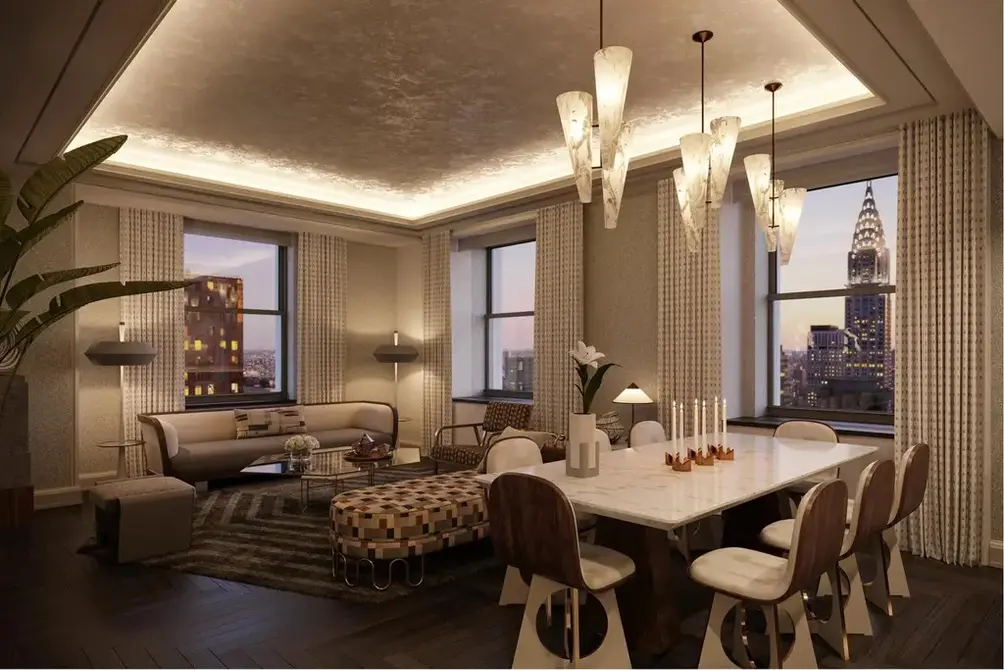 Condo hotels like the Waldorf Astoria Residences offer high-end amenities and gorgeous living space. (Douglas Elliman)
Condo hotels like the Waldorf Astoria Residences offer high-end amenities and gorgeous living space. (Douglas Elliman)
The Difference Between Condo Hotel, Timeshare, and Pied-a-terre units
Many condo hotels are purchased by people who own other properties and, as a result, only live in their unit part-time. As a result, they are often confused with two other types of residences that are common in New York City—timeshare residences and pied-a-terre units. In fact, condo hotels are very different from these other types of residences, and nearly always more convenient and flexible.Timeshare units or fractional ownership condos are generally attractive to buyers because owners only pay for the time they spend in the unit. For example, if you only need to be in New York City six weeks of the year on average, you can purchase a unit at a fraction of the regular costs that gives you access to just six weeks. However, unlike a condo hotel, timeshares come with two restrictions. First, it may not always be possible to have access to the unit when you need it. Second, you can’t leave your belongings in timeshare properties. While some timeshares, such as The Phillips Club on the Upper West Side, do permit residences to leave belongings in a “portable wardrobe closet,” which is hand-delivered to their door upon return, in most cases, timeshares are fully “pack-in-and-pack-out” residences. By contrast, condo hotels enable owners to show up whenever they like without notice and to leave their belongings in their unit at all times.
Another option for anyone who intends to spend only part of their time in New York City is to purchase a pied-a-terre. Although many buildings permit pied-a-terre ownership, co-op and condo boards often subject the owners of these units to strict rules, even policing who is permitted to occupy the unit in the owner’s absence. Since condo hotel units are already located in buildings where the guests are always changing, they tend to be far more flexible. After all, in contrast to most coops and condos where there is often a strong desire to create a certain type of community, this is rarely a concern in condo hotel buildings where the primary focus isn’t on community, but rather on ensuring owners have access to high-end services and amenities.
Benefits and Amenities
Many luxury condos describe their amenities as "five-star hotel" caliber, but that is truly the case at condo hotels. As an example, owners of the Ritz-Carlton Residences in NoMad are not only able to enjoy a well-appointed apartment with spectacular city views, but they also have access to two Jose Andres restaurants, a rooftop bar, a fitness center, a spa, event spaces, and, of course, the Ritz-Carlton's world-famous concierge staff.Additionally, though many New York City buildings permit pied-a-terre ownership, co-op and condo boards often subject the owners of these units to strict rules, even policing who is permitted to occupy the unit in the owner’s absence. As condo hotel units are already located in buildings where the guests are always changing, they tend to be more flexible in this regard.
Select condo-hotel buildings in NYC with active listings
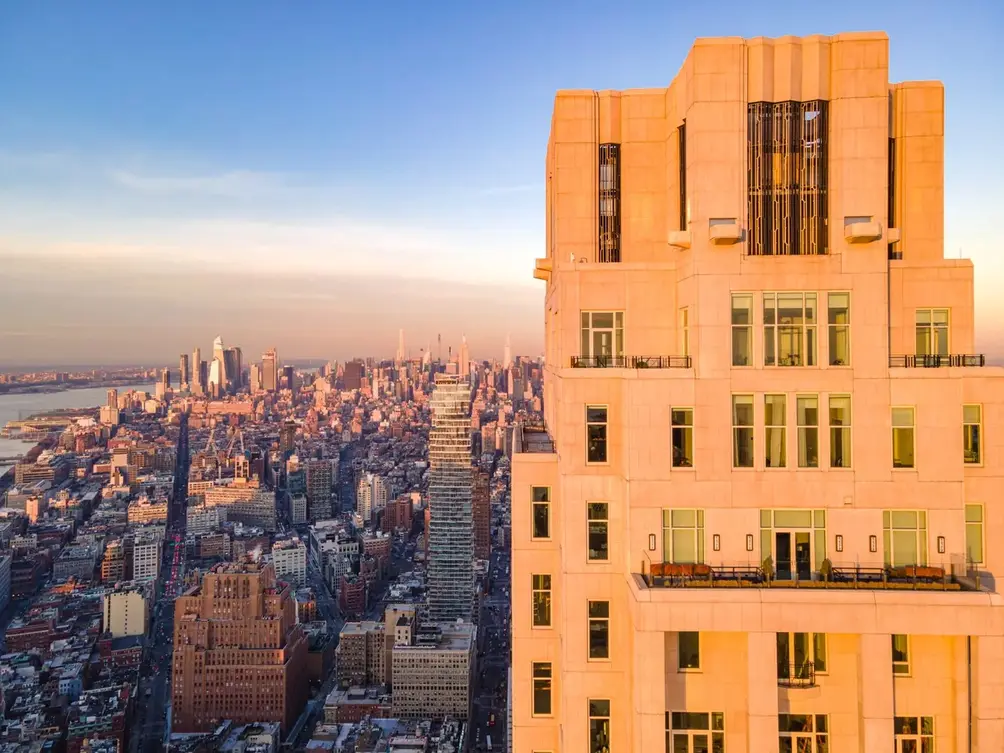 The Four Seasons Private Residences (Corcoran Group)
The Four Seasons Private Residences (Corcoran Group)
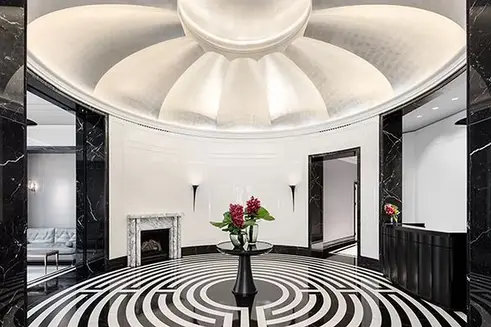

The Four Seasons Private Residences, #PH77A
$19,995,000
Tribeca | Condominium | 4 Bedrooms, 4.5 Baths | 3,951 ft2
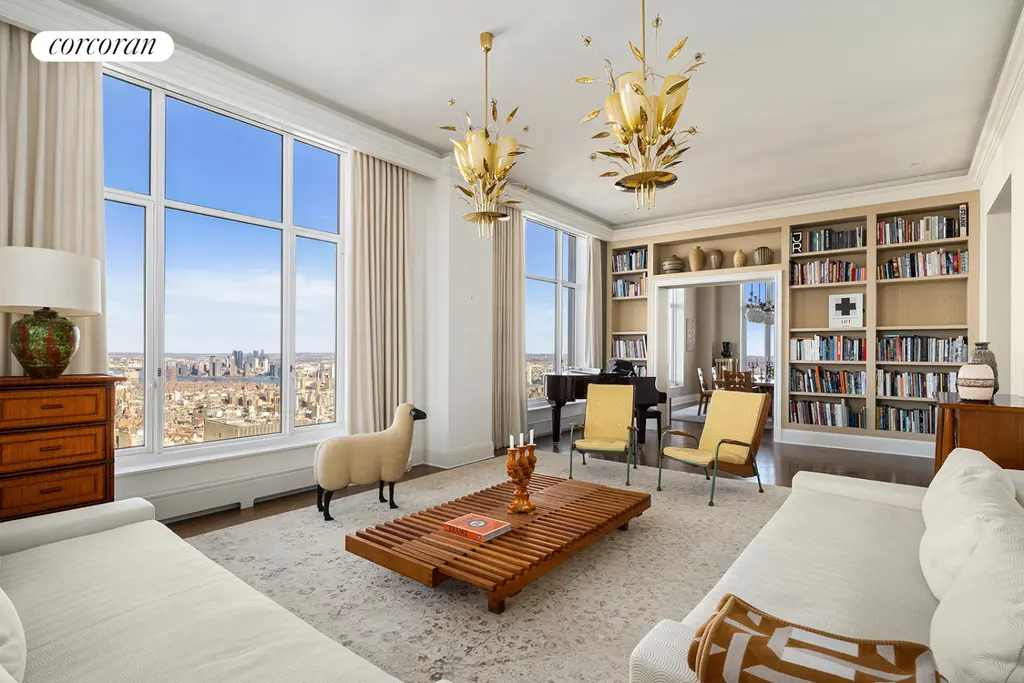
The Four Seasons Private Residences, #PH77A (Corcoran Group)
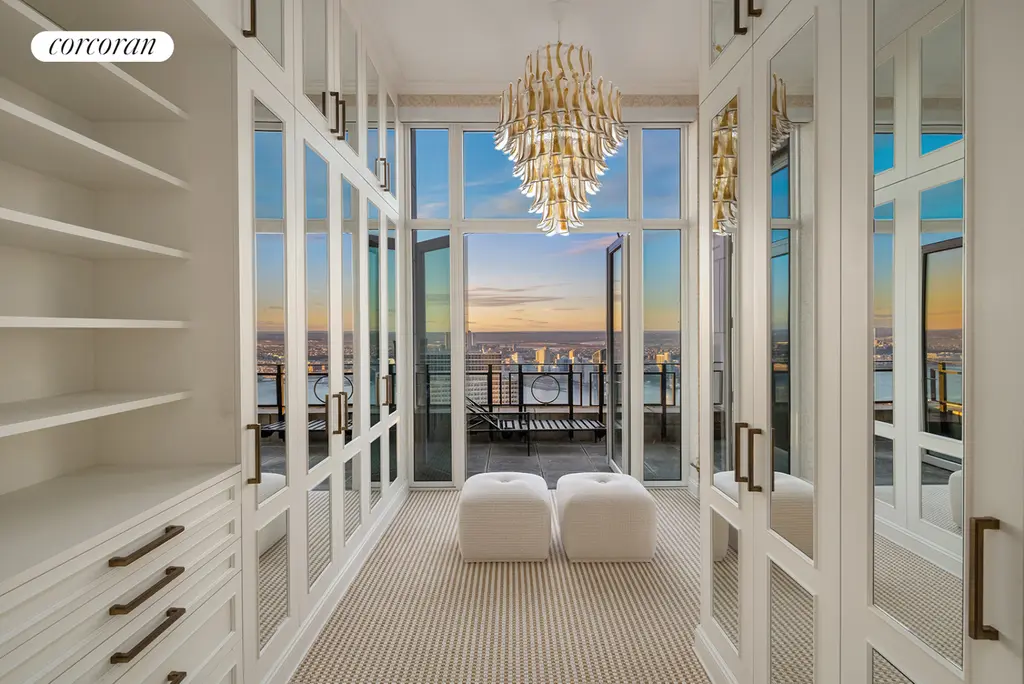

 The Dominick (Corcoran Group)
The Dominick (Corcoran Group)
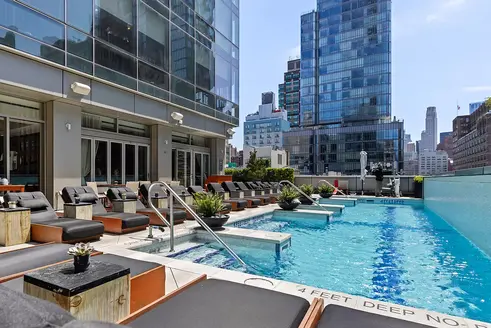
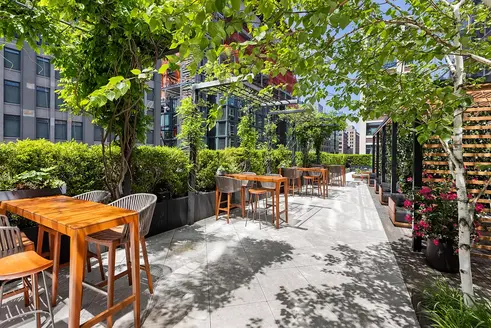
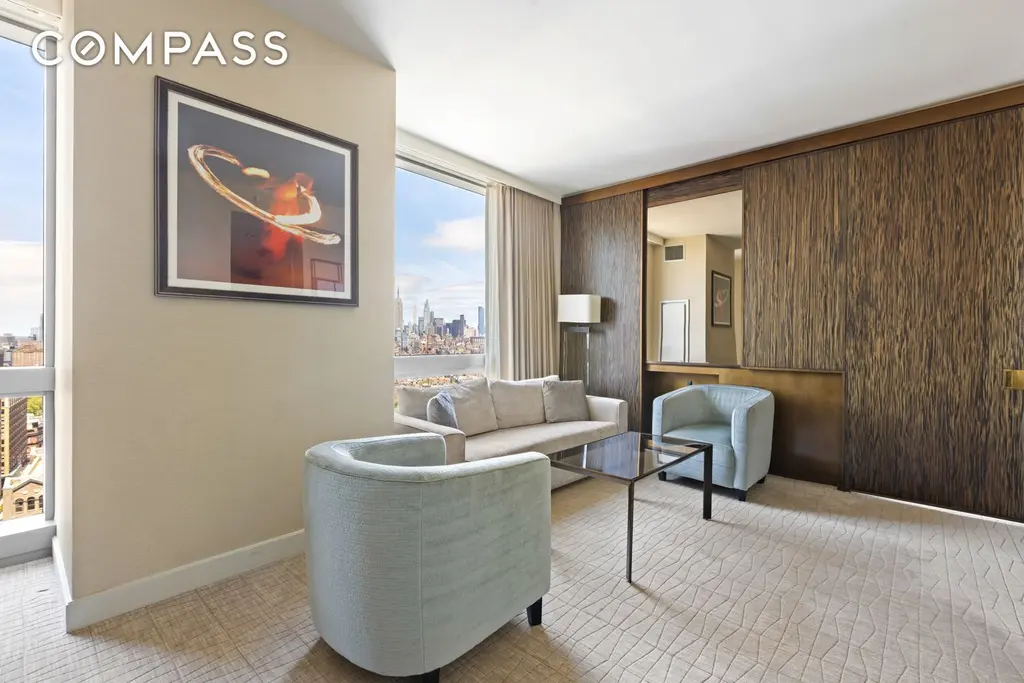
The Dominick, #2910 (Compass)
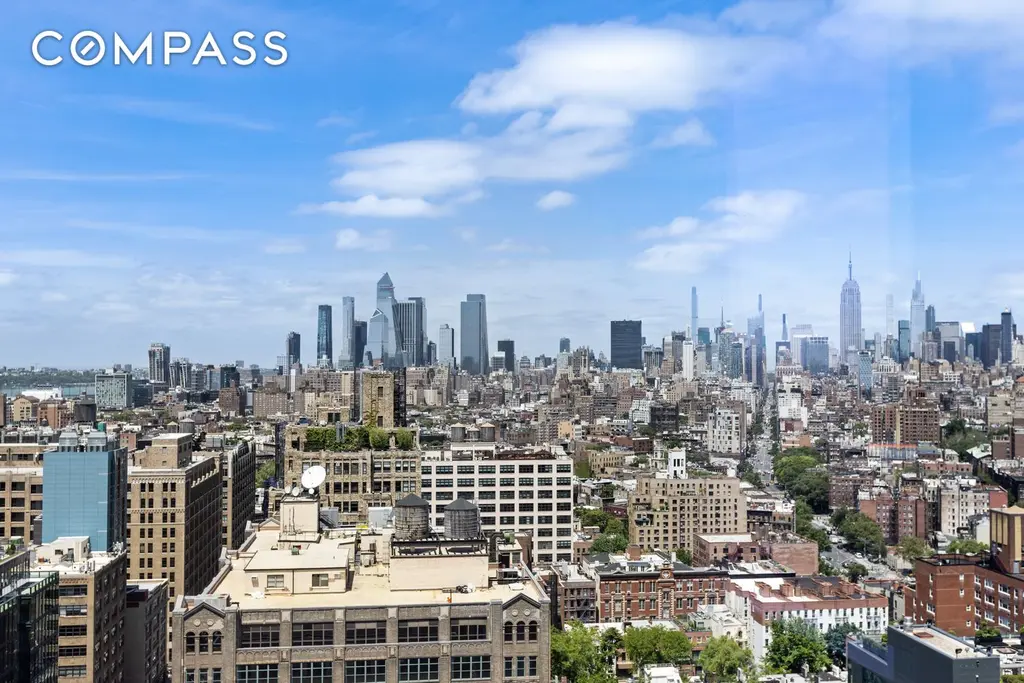
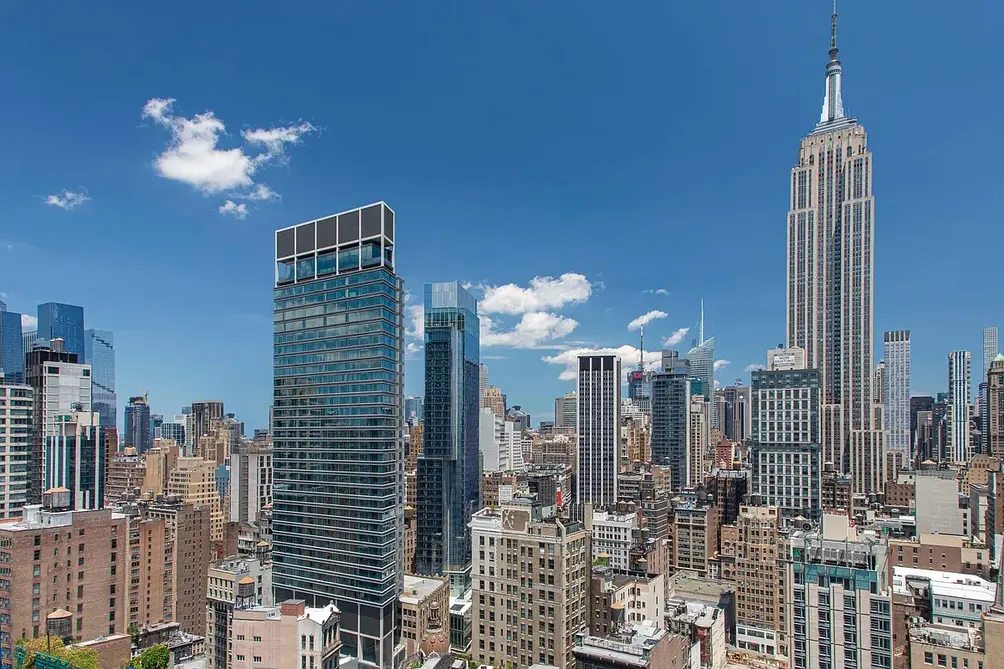 The Ritz-Carlton Residences, New York, NoMad (Douglas Elliman)
The Ritz-Carlton Residences, New York, NoMad (Douglas Elliman)


The Ritz-Carlton Residences, New York, NoMad, #PH42B
$4,500,000
Chelsea | Condominium | 1 Bedroom, 1.5 Baths | 911 ft2

The Ritz-Carlton Residences, New York, NoMad, #PH42B (Compass)
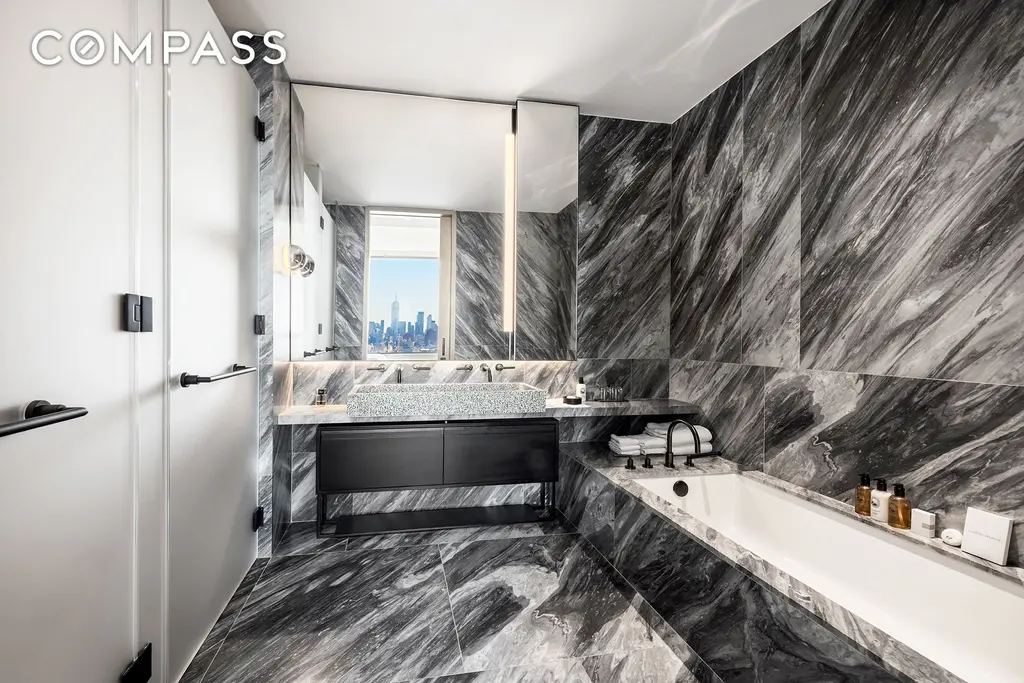

 Waldorf Astoria Residences (Douglas Elliman)
Waldorf Astoria Residences (Douglas Elliman)


Waldorf Astoria Residences New York, #1913
$5,925,000
Midtown East | Condominium | 2 Bedrooms, 2.5 Baths | 1,431 ft2
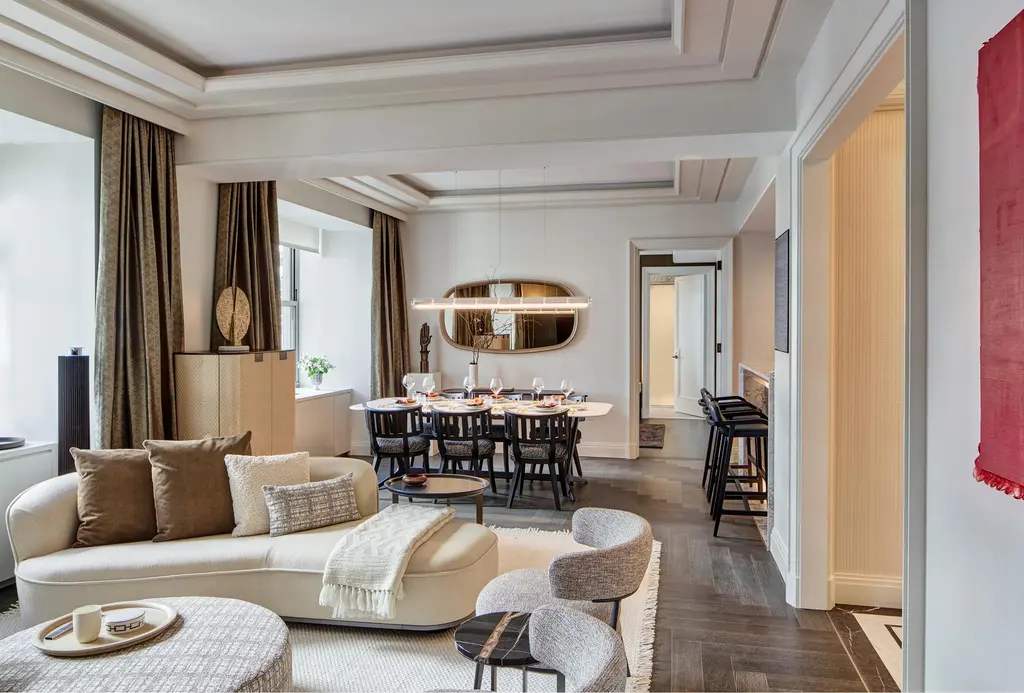
Waldorf Astoria Residences New York, #1913 (Douglas Elliman Real Estate)
Would you like to tour any of these properties?
Just complete the info below.
Or call us at (212) 755-5544
 ONE11 Residences (Douglas Elliman)
ONE11 Residences (Douglas Elliman)
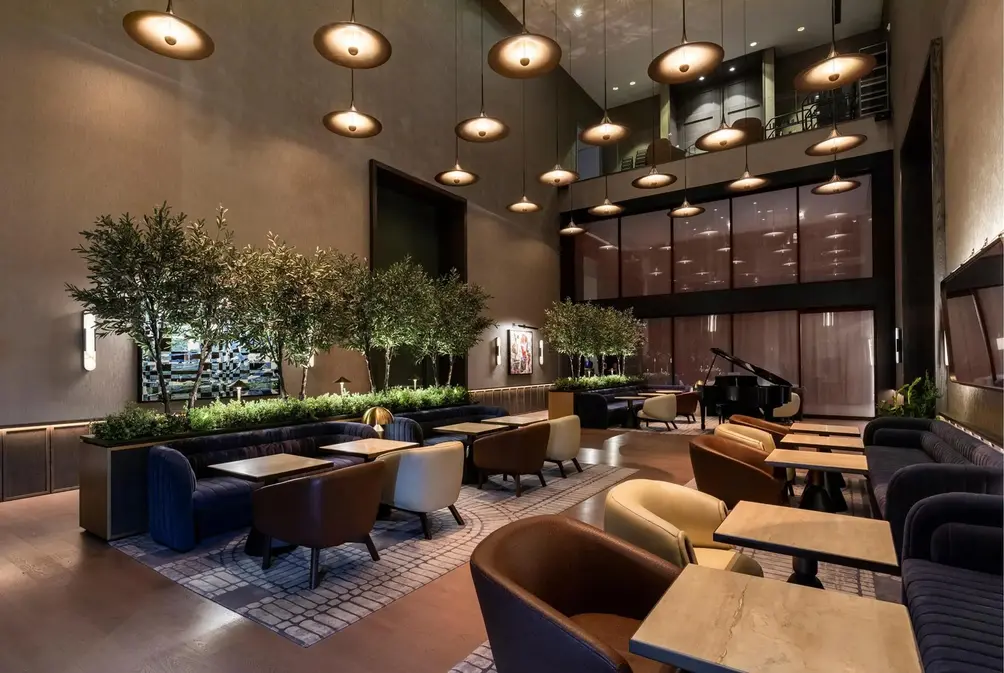
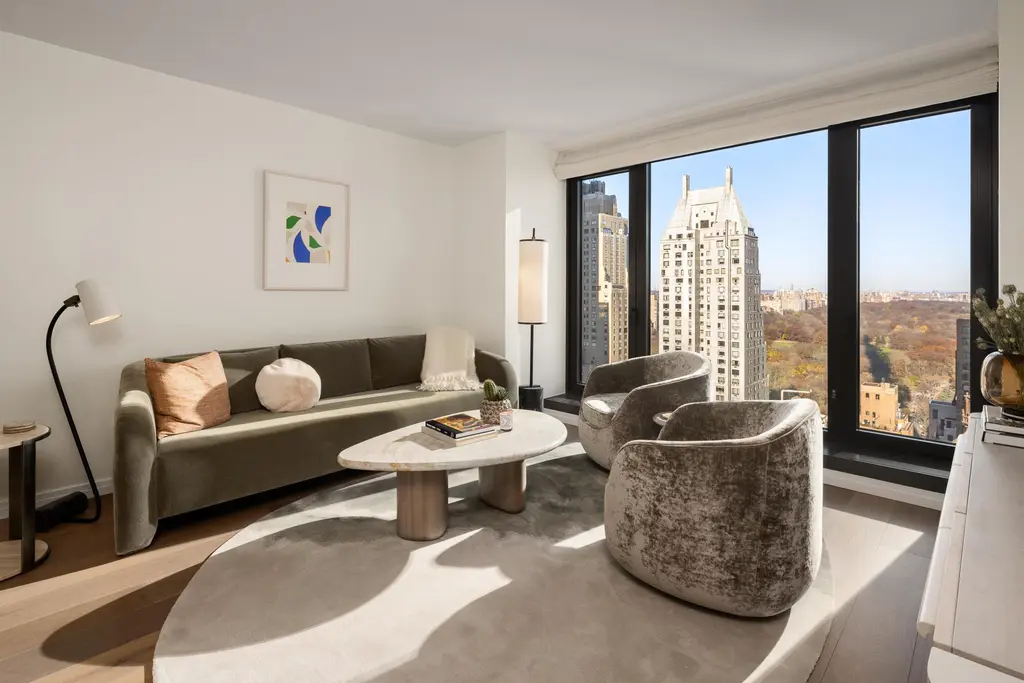
ONE11 Residences, #40K (Douglas Elliman Real Estate)
 Aman New York Residences (OFFICIAL)
Aman New York Residences (OFFICIAL)

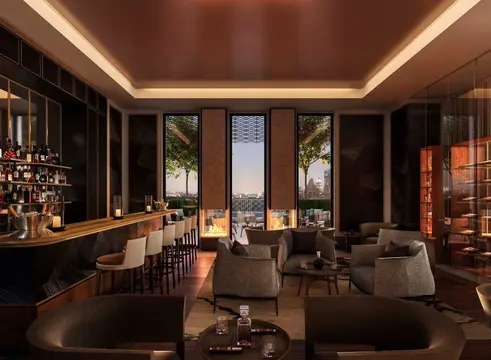
Aman New York Residences, #16B
$21,500,000
Midtown West | Condominium | 2 Bedrooms, Unknown Baths | 3,646 ft2
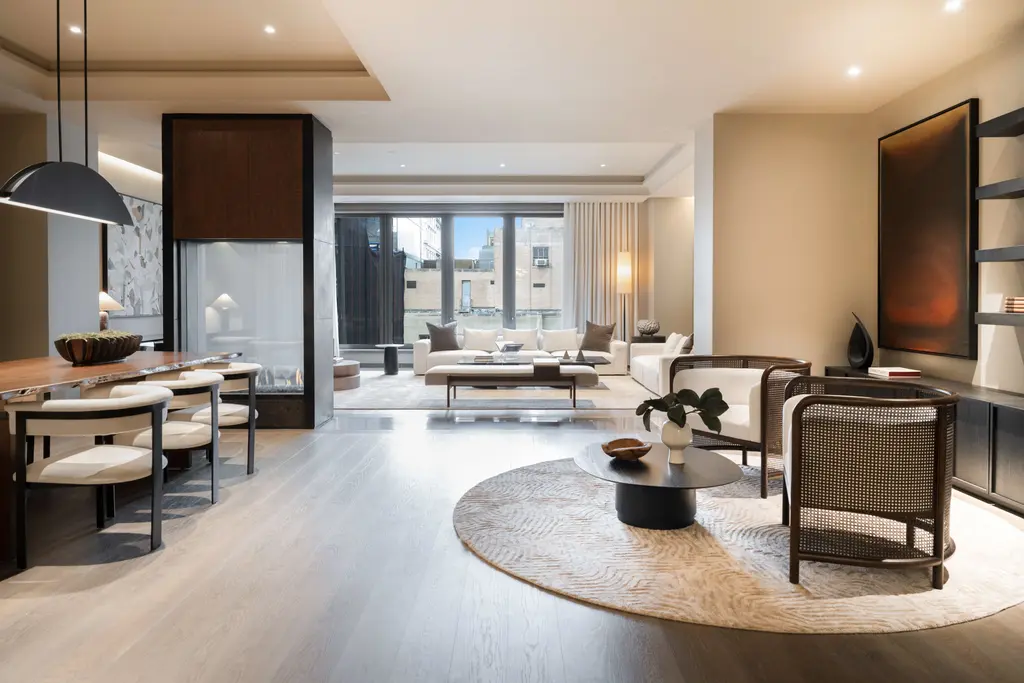
Aman New York Residences, #16B (Aman Property DE)
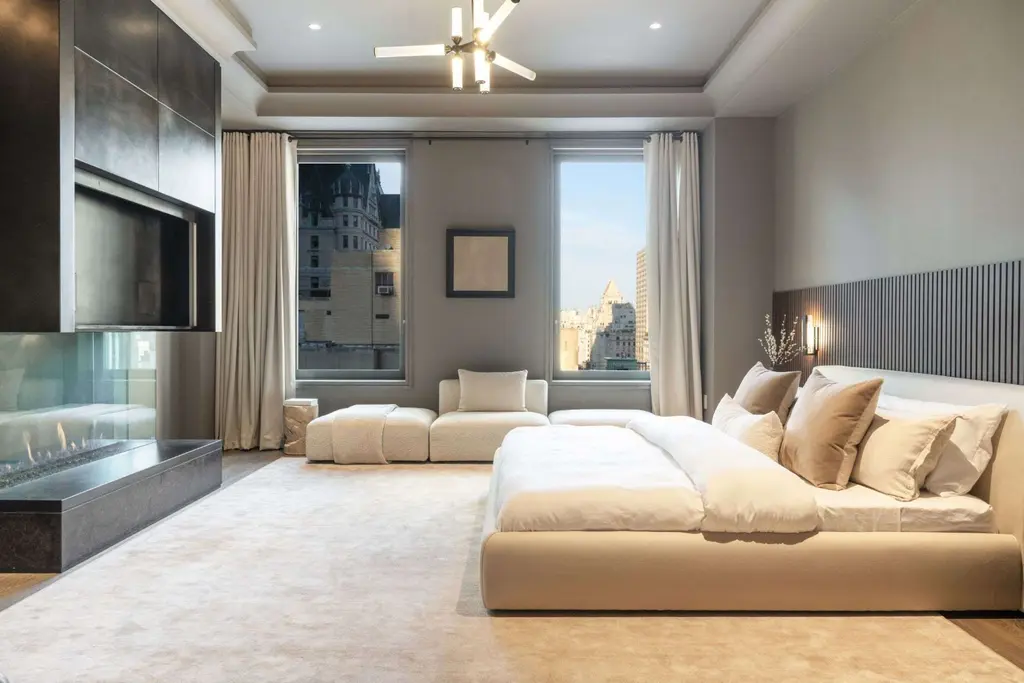
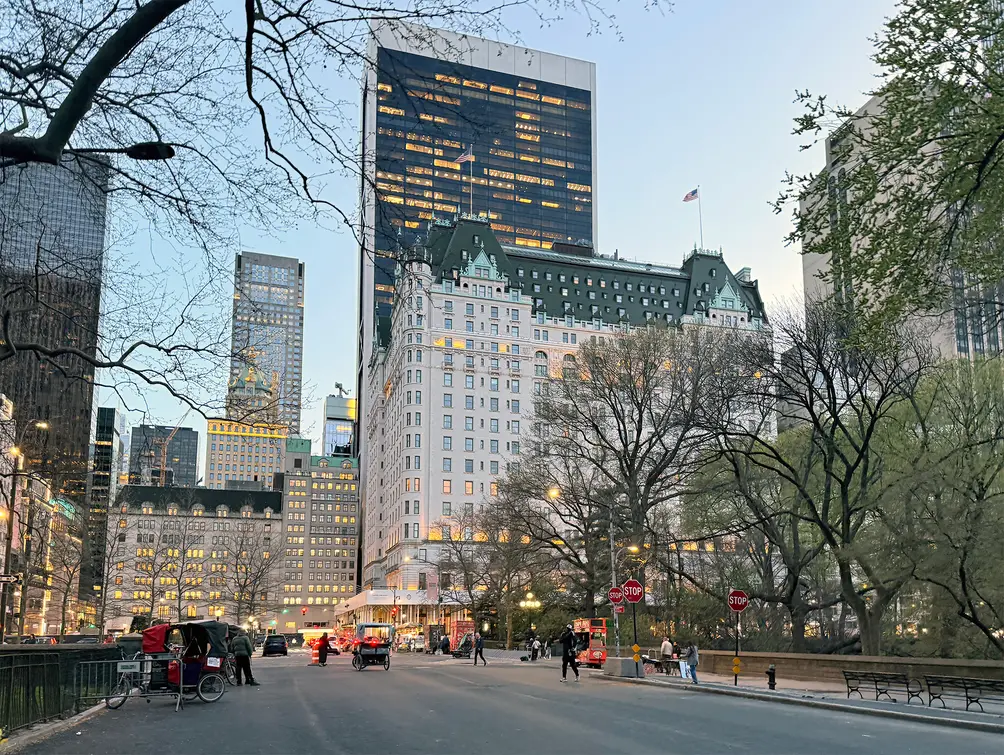 The Plaza
The Plaza



The Plaza, #1807 (Corcoran Group)
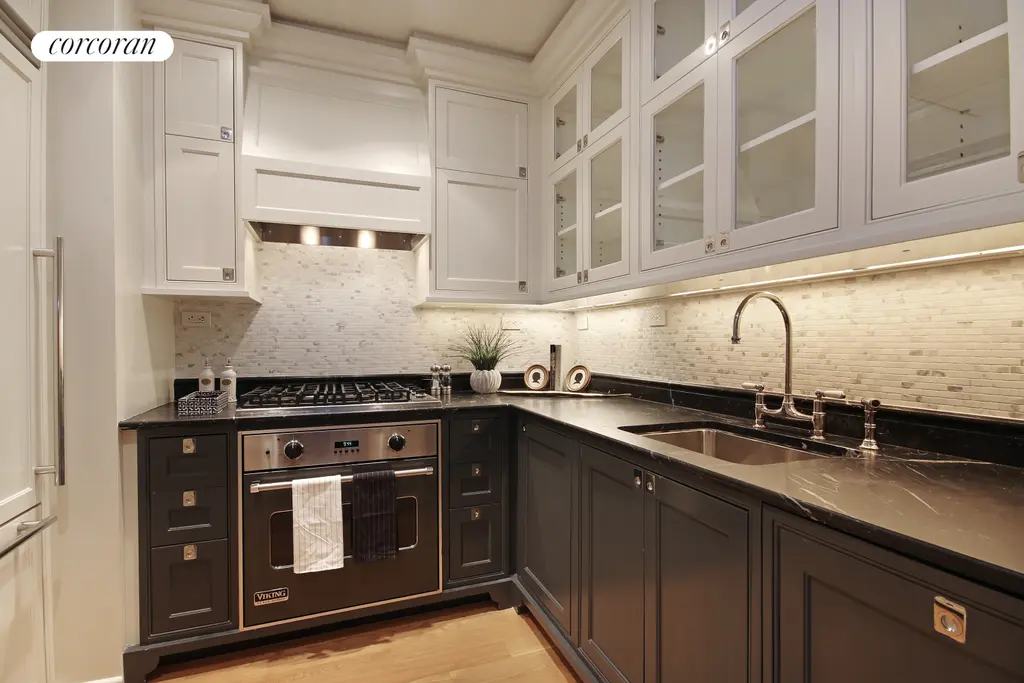
 J.W. Marriott Essex House
J.W. Marriott Essex House
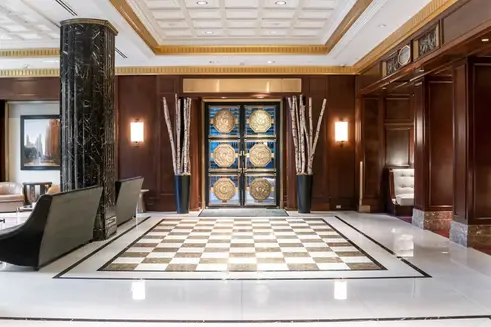
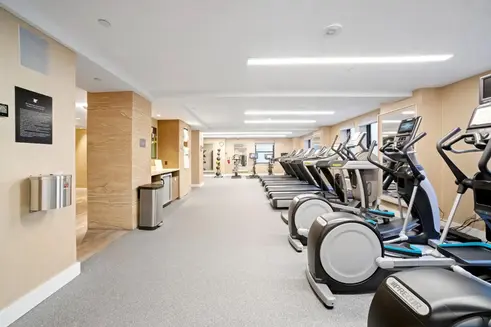
J.W. Marriott Essex House, #401A
$4,950,000 (-9.9%)
Midtown West | Condominium | 3 Bedrooms, 3 Baths | 2,058 ft2
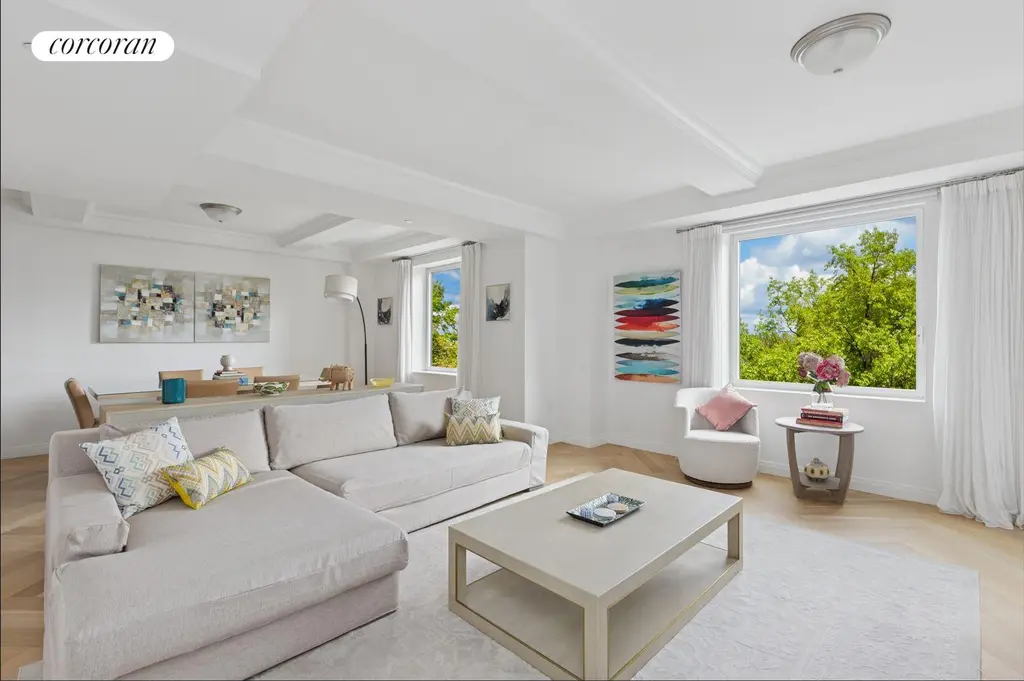
J.W. Marriott Essex House, #401A (Corcoran Group)
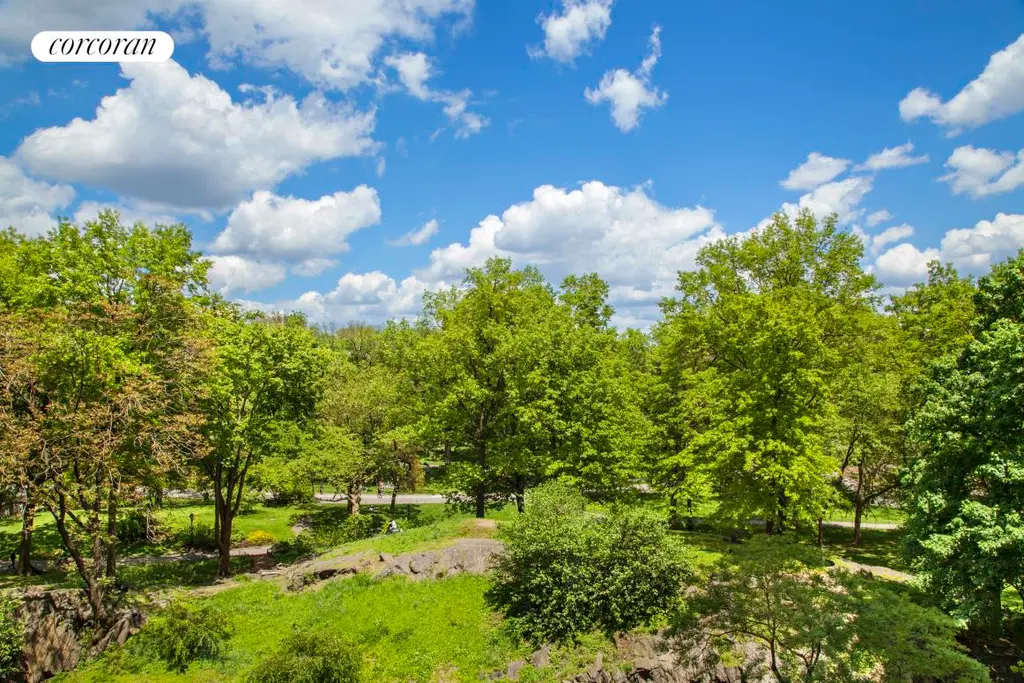
 One Central Park West (OFFICIAL)
One Central Park West (OFFICIAL)


One Central Park West, #4950C
$13,500,000
Central Park West | Condominium | 5 Bedrooms, 4.5 Baths | 4,266 ft2
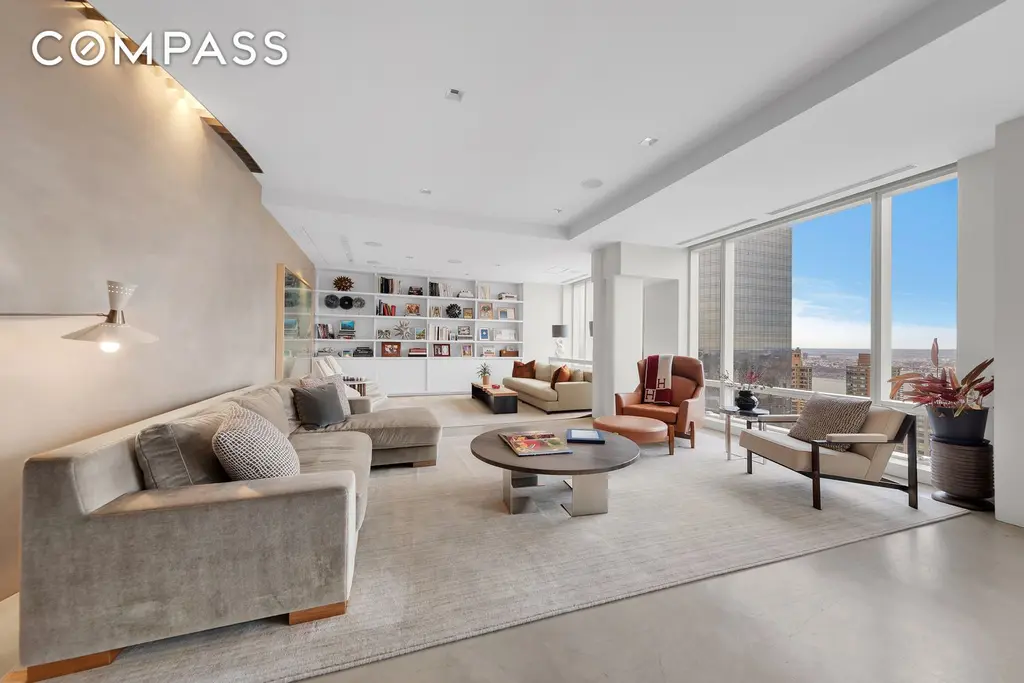
One Central Park West, #4950C (Compass)
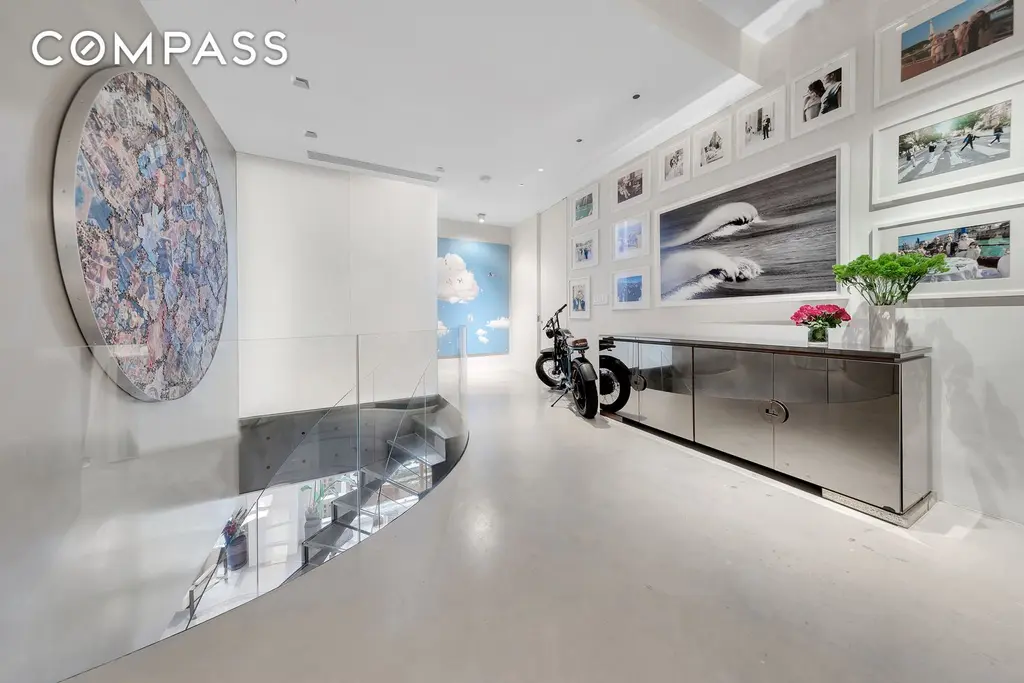
 Deustche Bank Center, home of Residences at the Mandarin Oriental (Compass)
Deustche Bank Center, home of Residences at the Mandarin Oriental (Compass)


Residences at the Mandarin Oriental, #67B
$8,950,000
Central Park West | Condominium | 2 Bedrooms, 2.5 Baths | 1,637 ft2
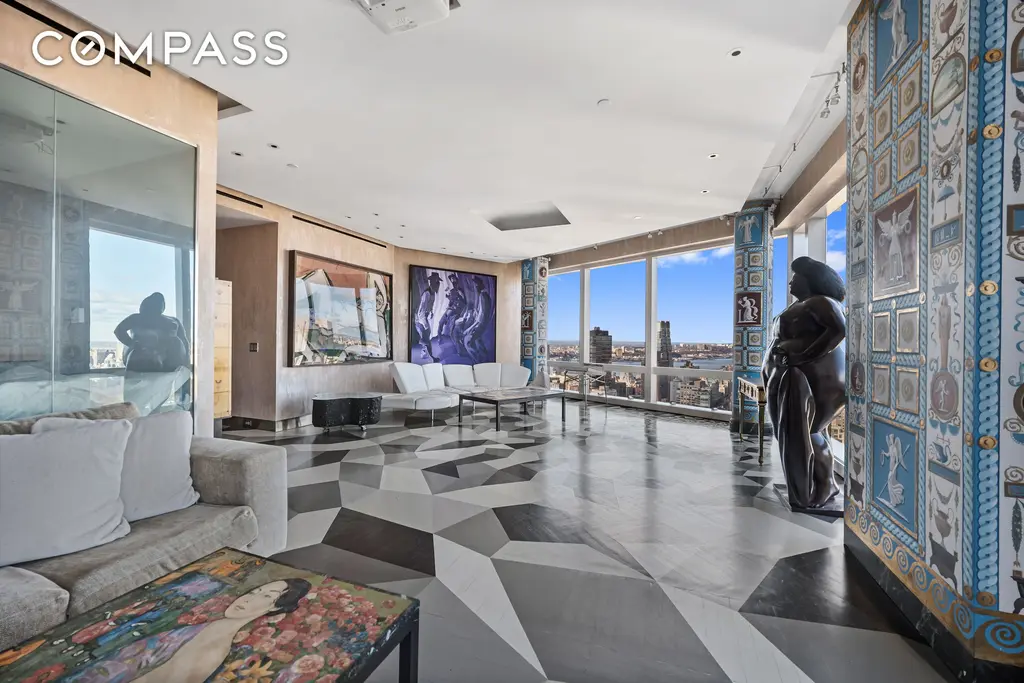
Residences at the Mandarin Oriental, #67B (Compass)
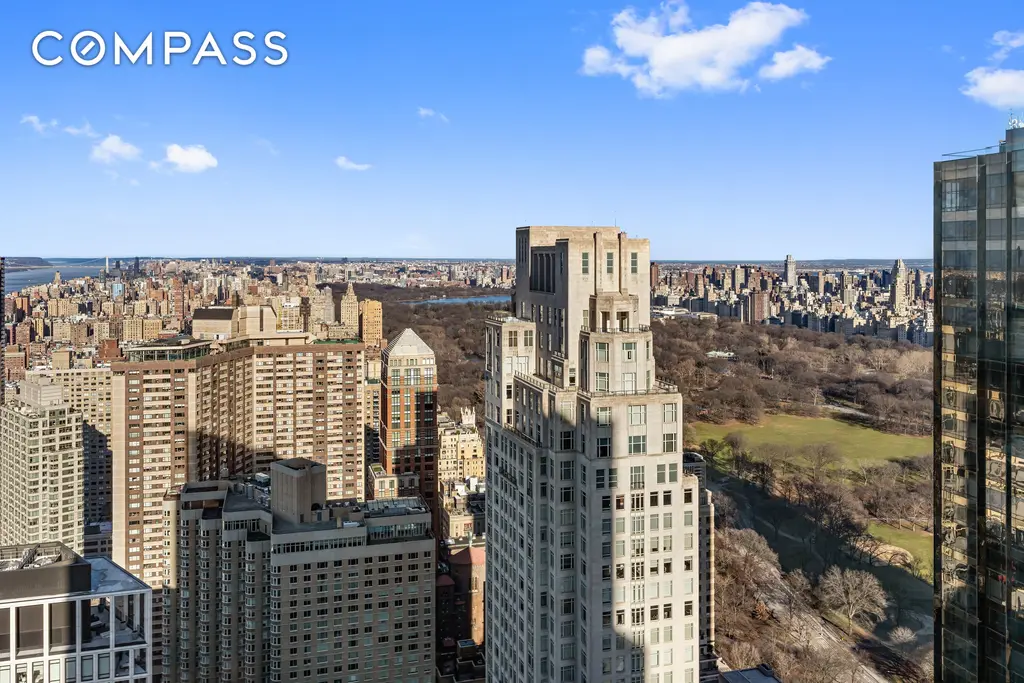
Additional listings in pied-a-terre-friendly buildings with hotel services
Cipriani Club Residences, #546
$750,000
Financial District | Condominium | 1 Bedroom, 1 Bath | 890 ft2
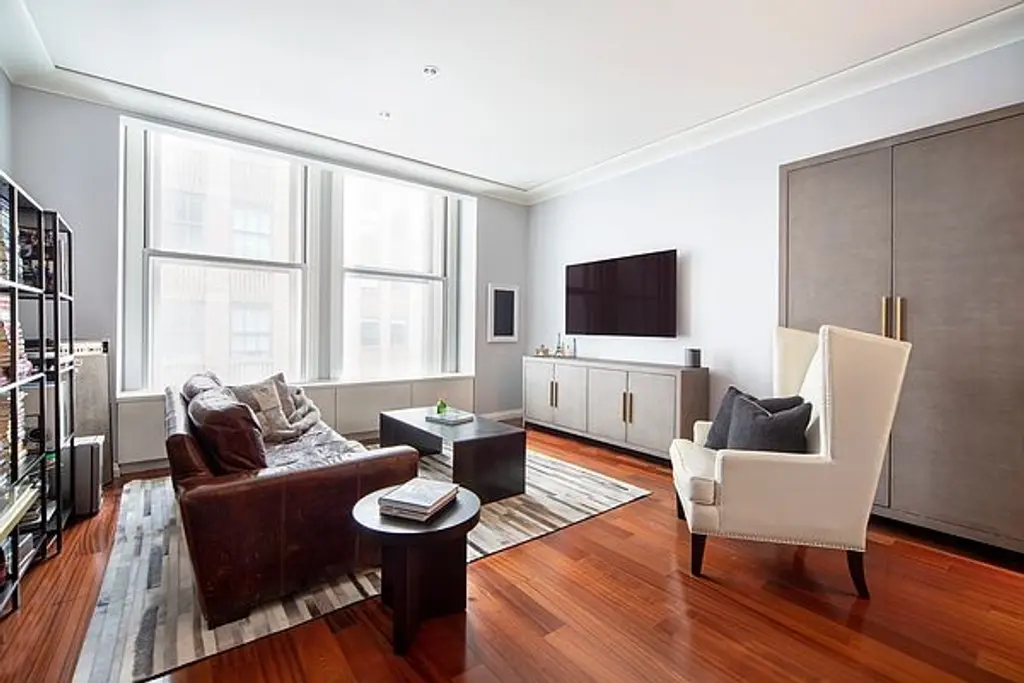
Cipriani Club Residences, #546 (Carini Group LLC)

The Sherry Netherland, #614
$950,000
Park/Fifth Ave. to 79th St. | Cooperative | 3 Bedrooms, 3 Baths | 1,950 ft2
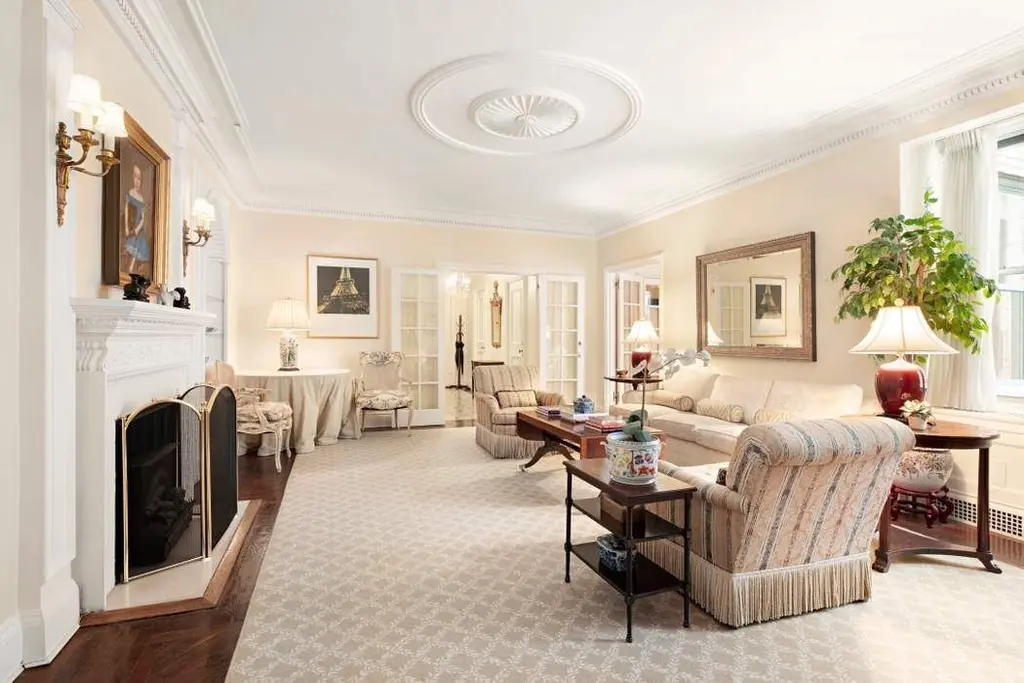
The Sherry Netherland, #614 (Sothebys International Realty)

The Hampshire House, #1610 (Brown Harris Stevens Residential Sales LLC)
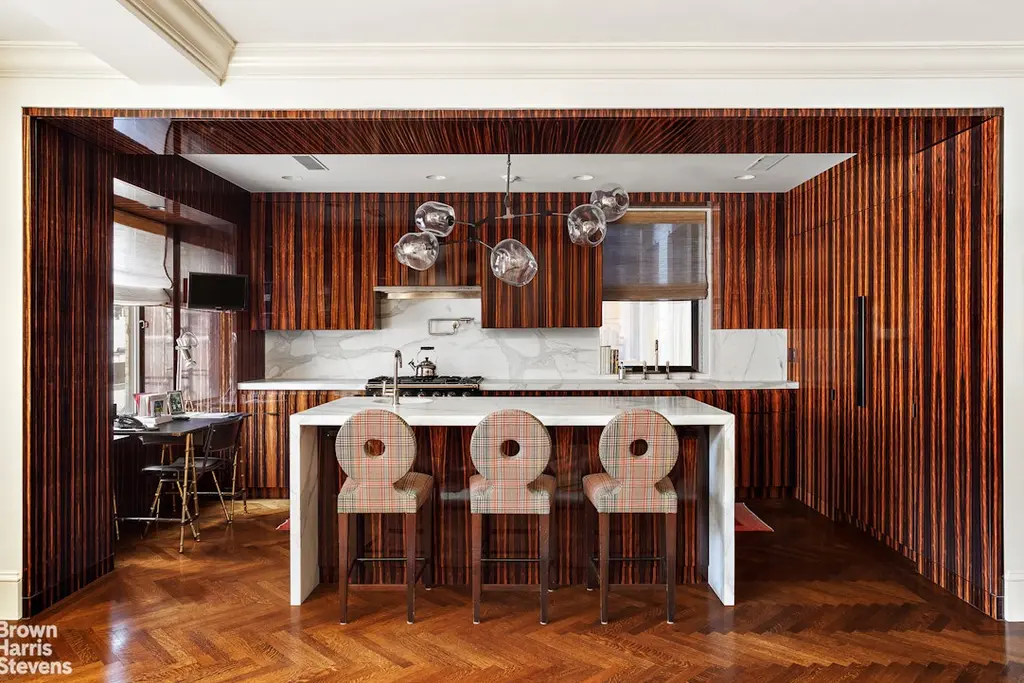
Baccarat Hotel & Residences, #22A
$4,995,000
Midtown West | Condominium | 2 Bedrooms, 2.5 Baths | 1,728 ft2

Baccarat Hotel & Residences, #22A (Corcoran Group)

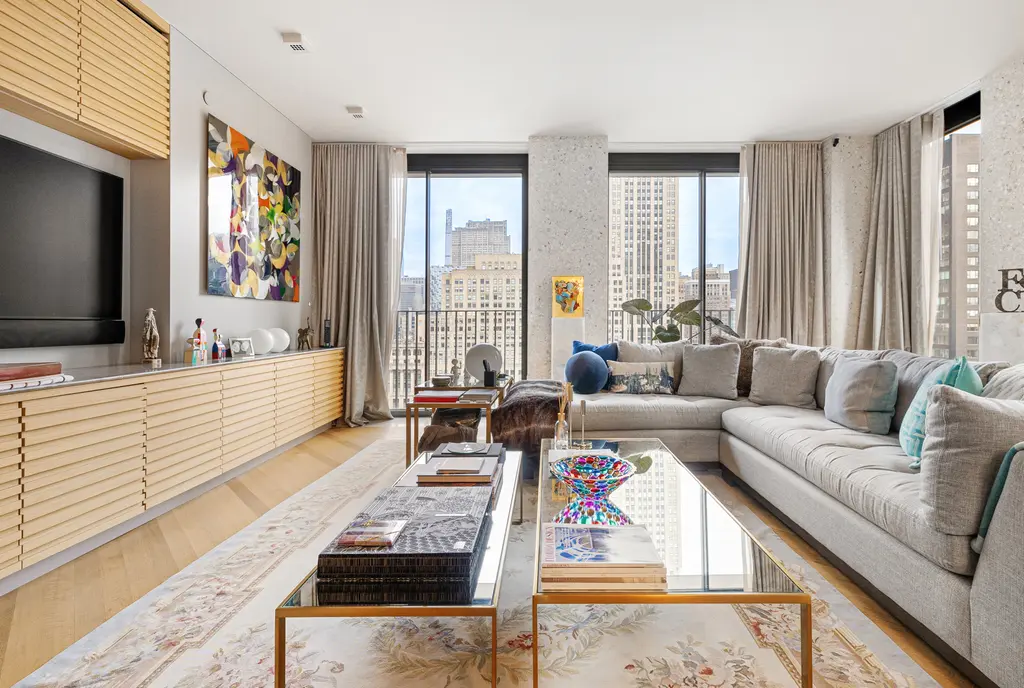
The Bryant, #27B (Keller Williams NYC)
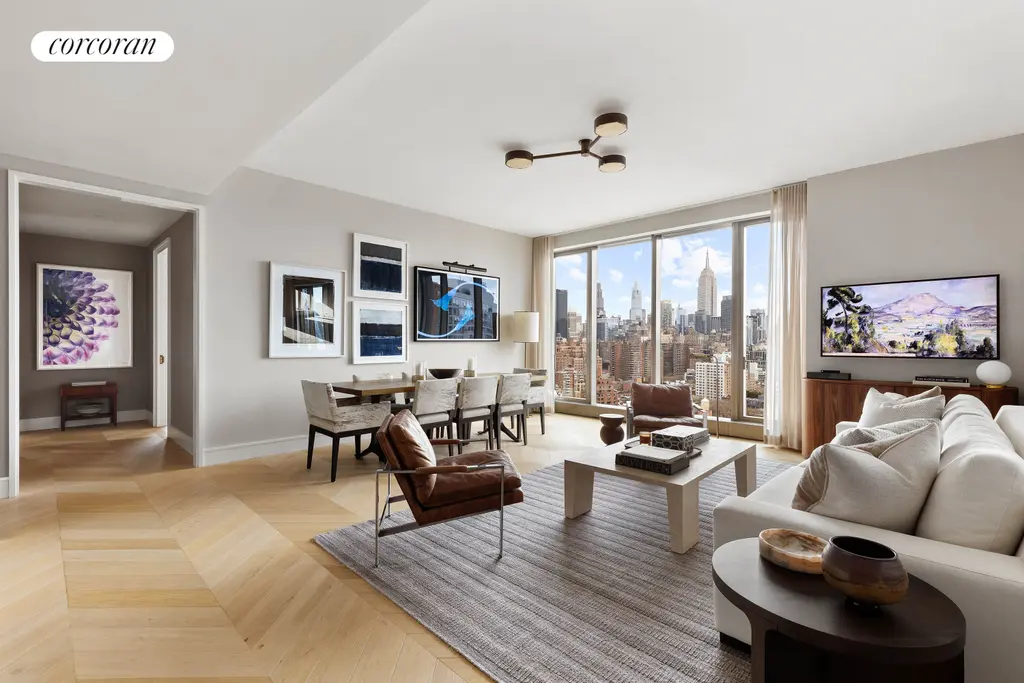
One High Line, #EAST20D (Corcoran Group)

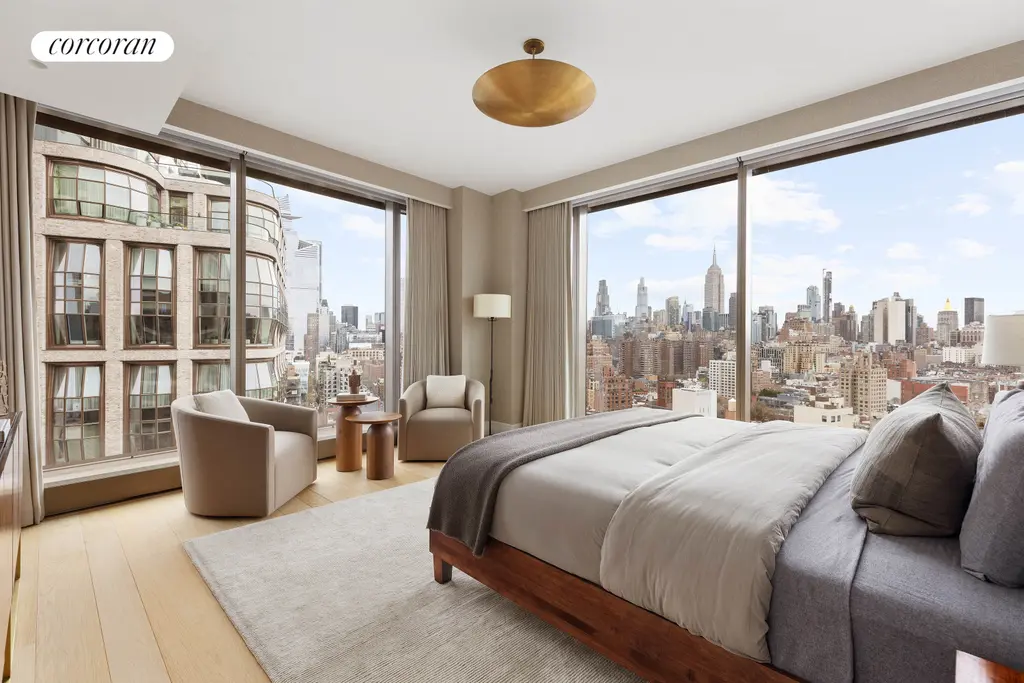
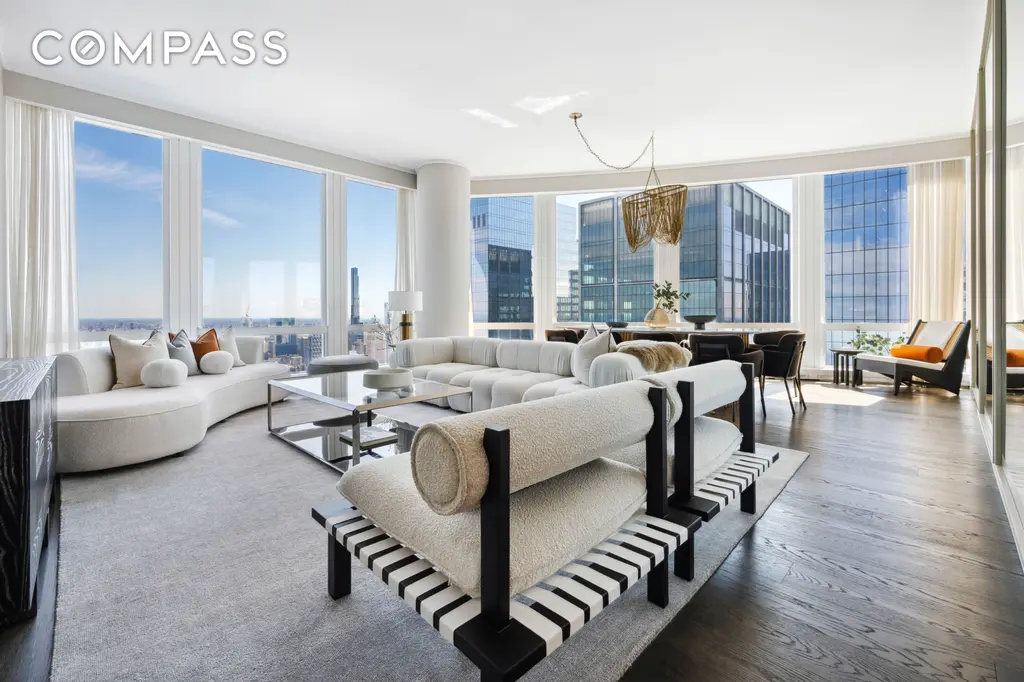
35 Hudson Yards, #8503 (Compass)

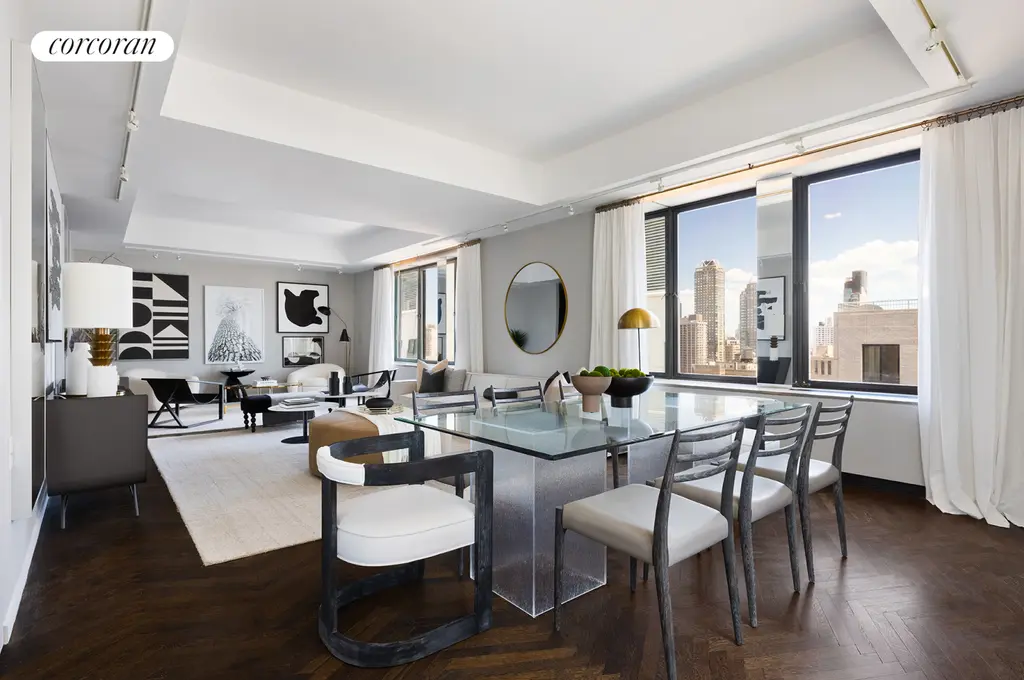
The Pierre, #2315 (Corcoran Group)
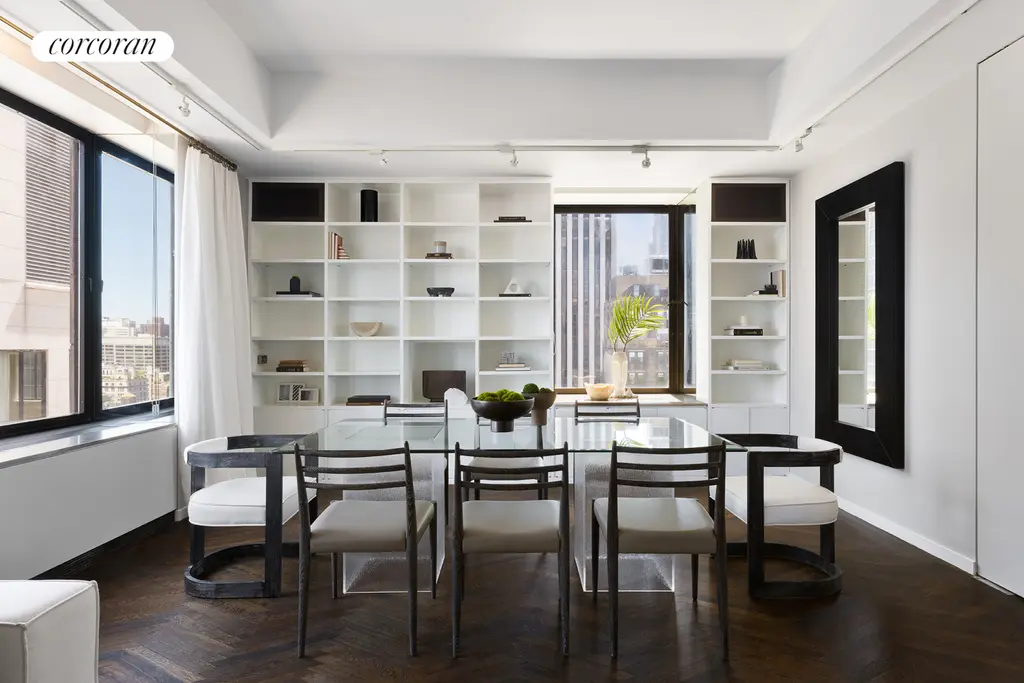
Mandarin Oriental Residences Fifth Avenue, #16A
$7,250,000
Midtown East | Condominium | 2 Bedrooms, 2.5 Baths | 1,569 ft2
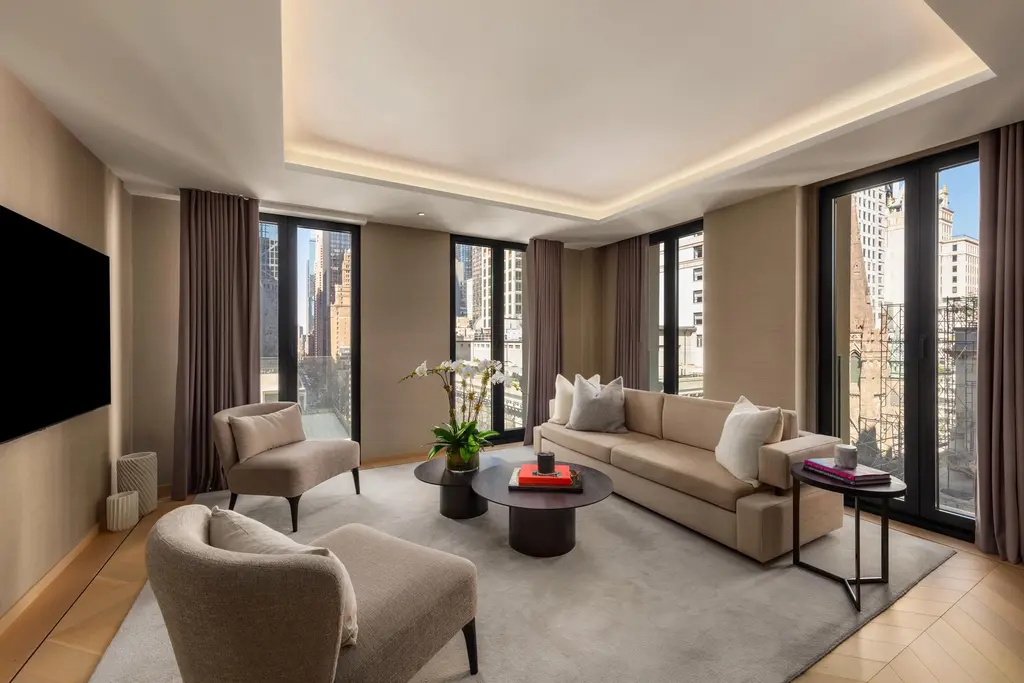
Mandarin Oriental Residences Fifth Avenue, #16A (Douglas Elliman Real Estate)
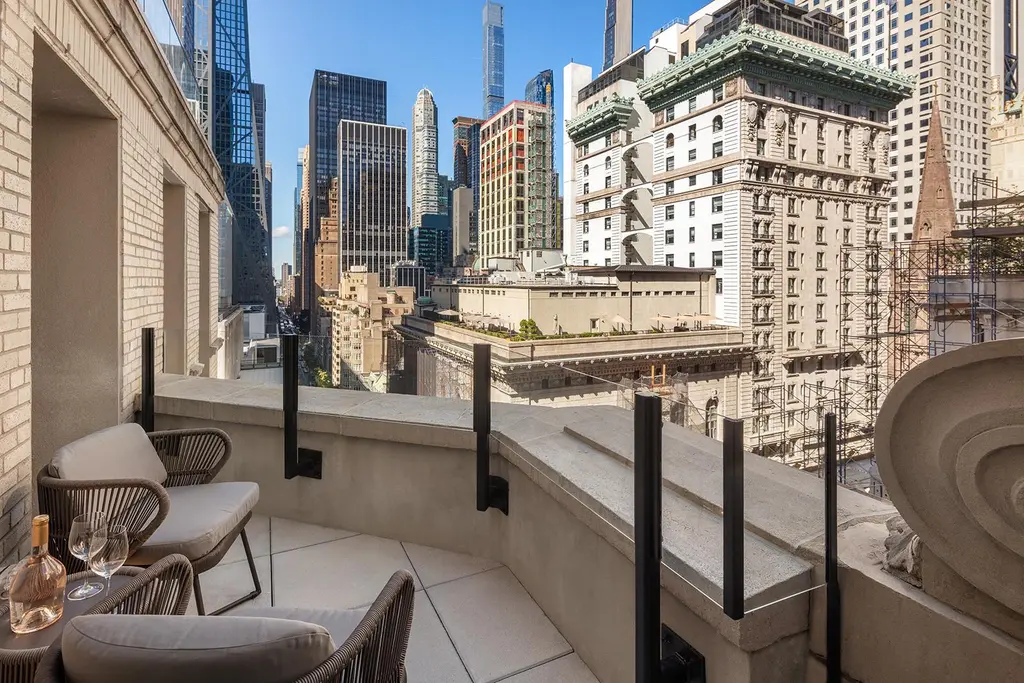
Carlyle House, #11C
$8,000,000
Park/Fifth Ave. to 79th St. | Cooperative | 3 Bedrooms, 3.5 Baths | 3,153 ft2

Carlyle House, #11C (Corcoran Group)


Ritz Tower, #1920W (Douglas Elliman Real Estate)
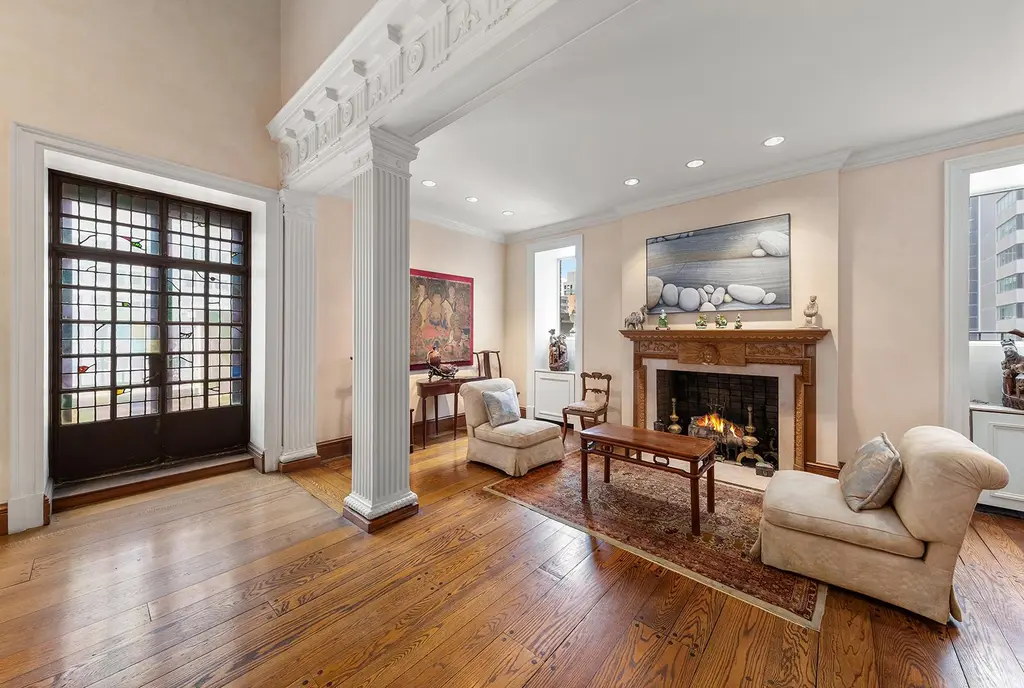
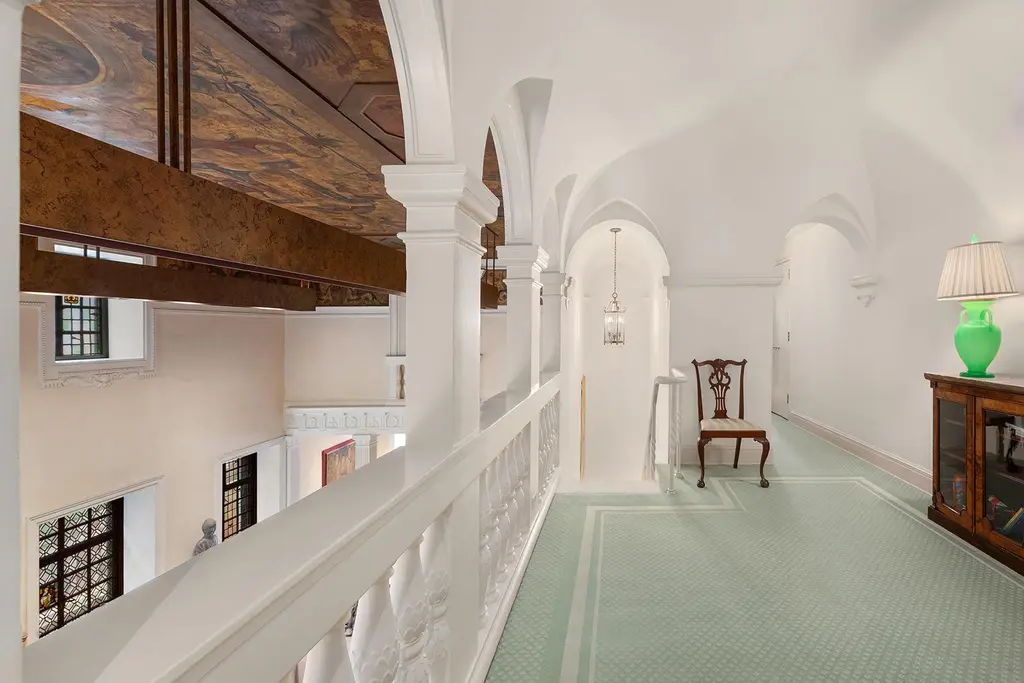
215 Chrystie Street, #PH3
$16,750,000
Lower East Side | Condominium | 4 Bedrooms, 4.5 Baths | 4,236 ft2
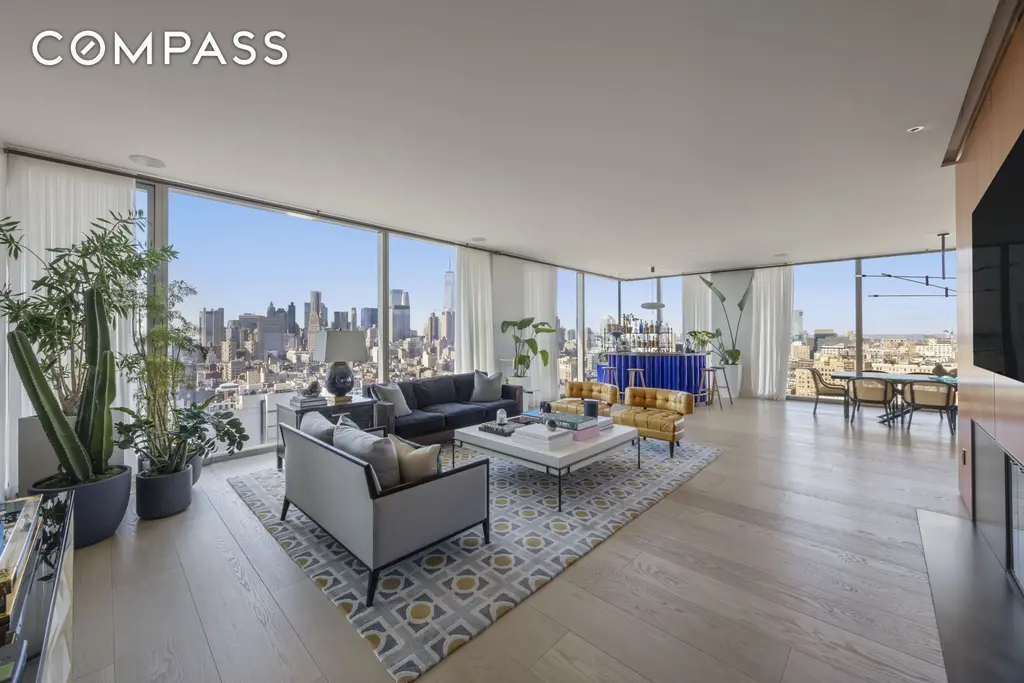
215 Chrystie Street, #PH3 (Compass)
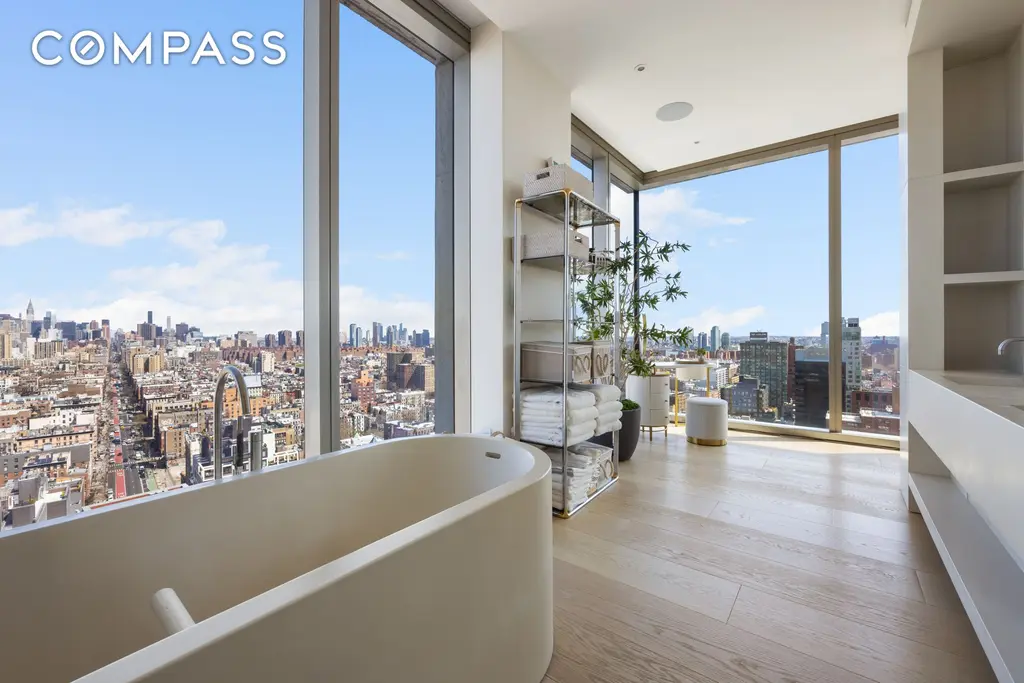
Would you like to tour any of these properties?
Just complete the info below.
Or call us at (212) 755-5544
Would you like to tour any of these properties?

Contributing Writer
Cait Etherington
Cait Etherington has over twenty years of experience working as a journalist and communications consultant. Her articles and reviews have been published in newspapers and magazines across the United States and internationally. An experienced financial writer, Cait is committed to exposing the human side of stories about contemporary business, banking and workplace relations. She also enjoys writing about trends, lifestyles and real estate in New York City where she lives with her family in a cozy apartment on the twentieth floor of a Manhattan high rise.















 6sqft delivers the latest on real estate, architecture, and design, straight from New York City.
6sqft delivers the latest on real estate, architecture, and design, straight from New York City.
